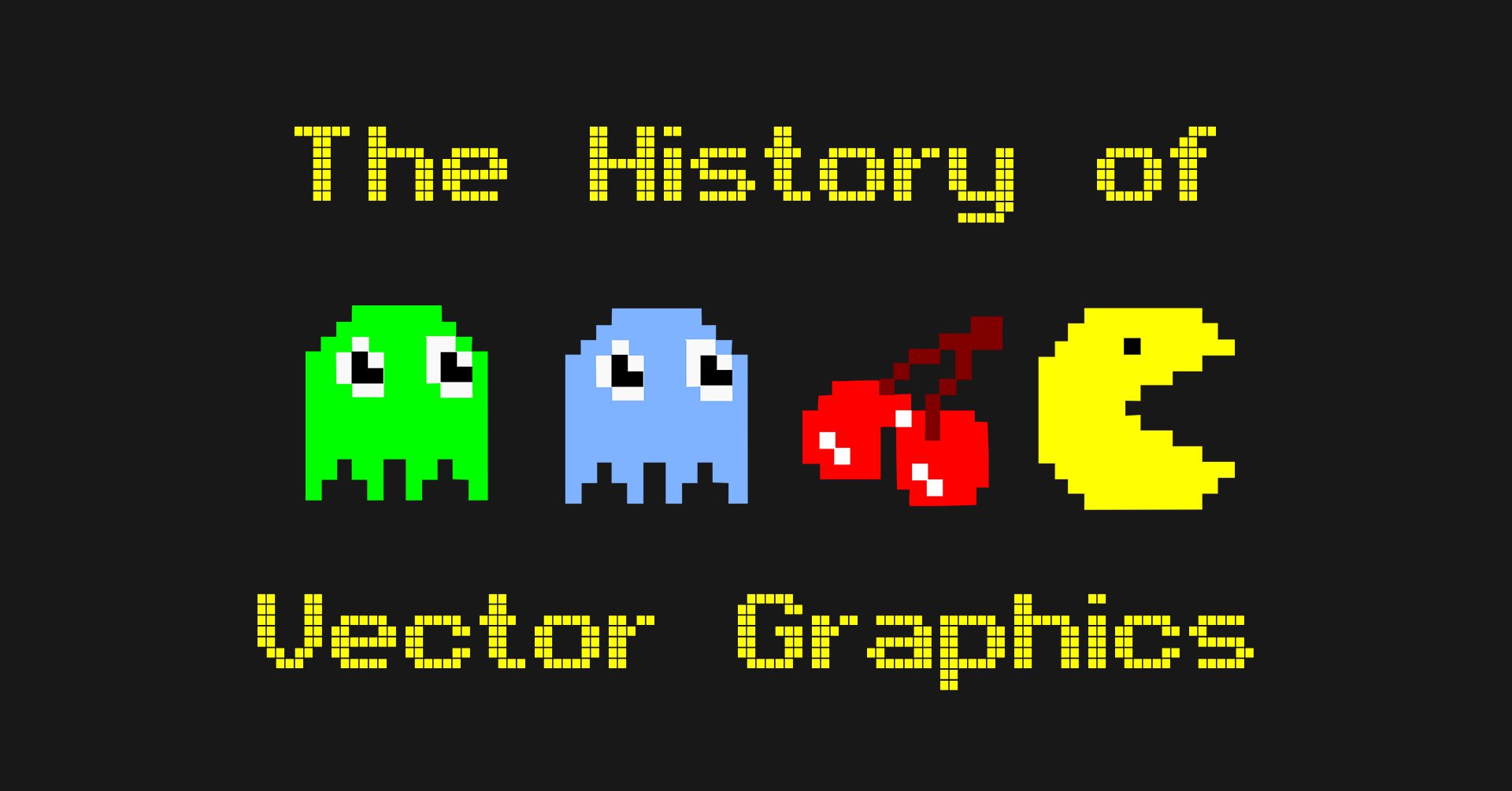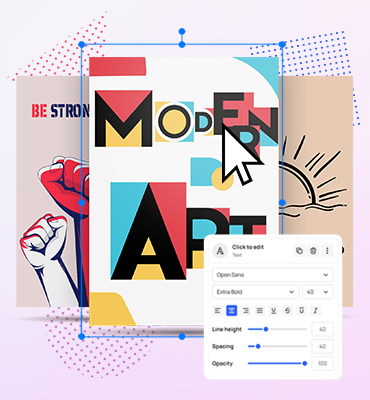The History of Vector Graphics

If you’re an artist or a digital creator, you probably feel quite confident talking about vectors. But few of us have ever stopped to think about the humble beginnings and history of vector graphics, or consider the huge impact they’ve had on the graphics industry in general.
That’s why we decided to take you on a brief journey through the history of vector graphics.
Hop along!
The early beginnings of the history of vectors graphics
What are vector graphics?
In a nutshell, they’re a computer image format that’s defined by mathematical formulas and consists of polygons and shapes.
In layman’s terms, vector graphics are only composed of lines that connect 2d points.
Vectors originally appeared in the 1950s, when they were used in modified oscilloscopes applied as computer displays.
The displays in question had limited memory, so displaying bitmaps was virtually impossible.
In the beginning, vectors were mostly used by the military and the civil air traffic control in order to ensure planes stayed on the right course.
The gaming industry
It wasn’t long before vectors found a new home in the computer and gaming industries.
Computer graphics pioneer Ivan Sutherland is often credited for giving vector graphics a boost in popularity in 1963. The first home gaming system that featured vectors was Vectrex, and various arcade games soon followed: amongst them Asteroids, Space Wars, and more.
Grand debut
However, vector graphics have to thank the advertising for their huge popularity.
From leaflets to catalogs to the gigantic billboards and branded household items we see daily, vectors are the king of modern design.
Most design work is done with vector graphics or vector elements, mostly thanks to the need for responsive web design.
The only reliable way to create graphic elements that automatically resize to fit your computer, tablet, smartphone, or laptop is by using vector graphics.
The standard format for vector graphics, or the scalable vector graphics (SVG) was introduced in 1999, but the SVGs are far from the only format.
Designers and advertisers today often work with vector formats like Adobe Illustrator (.ai) when creating logos for digital or print media.
Encapsulated PostScript (.eps) is a less popular, older vector format that doesn’t support transparency as modern vector formats do.
PDF vectors are quite common and are particularly suitable for exchanging documents across platforms.
Conclusion
This brings us to the end of our journey through time and the brief history of vector graphics.
Did you know, you can also edit and save vector elements in SVG format using Mediamodifier!
Head over to the Mediamodifier Free SVG Editor and try it.
Quik tip: You can even copy-paste your SVG code directly from Adobe Illustrator and continue editing your SVG right in the browser.
Frequently Asked Questions
What exactly are vector graphics?
Vector graphics encode images using mathematical definitions—points, lines, curves, and shapes—instead of fixed pixels, making them infinitely scalable without quality loss.
When and why were vector graphics first developed?
During the 1950s, vector graphics emerged as a solution for computer displays with limited memory, often implemented in modified oscilloscopes. They played vital roles in military and air-traffic control applications where display precision mattered more than photographic detail.
Who invented vector graphics?
Ivan Sutherland is credited with popularizing interactive vector graphics when he developed Sketchpad in 1963—a pioneering program that displayed and manipulated vector images on a screen.
How did vector graphics impact gaming?
In the late 1970s and early 1980s, vector graphics found a major following in arcade titles like Asteroids and home consoles like the Vectrex. The sharp, minimalist aesthetic became iconic for its time.
What types of software use vector graphics today?
Vector graphics remain fundamental in CAD, technical drawing, illustration software (like Adobe Illustrator), GIS mapping, fonts, logos, animations, and web graphics using formats like SVG, AI, EPS, and PDF.
Why choose vector over raster graphics?
Vector images scale smoothly at any size, maintain editable components, and typically offer smaller file sizes compared to high-resolution raster files. Raster remains better for complex photographic content, but vector excels in precision and flexibility.
Related articles
Visualize your design Use a product mockup to showcase your design


Create your design Use our templates to create delightful designs for any medium

